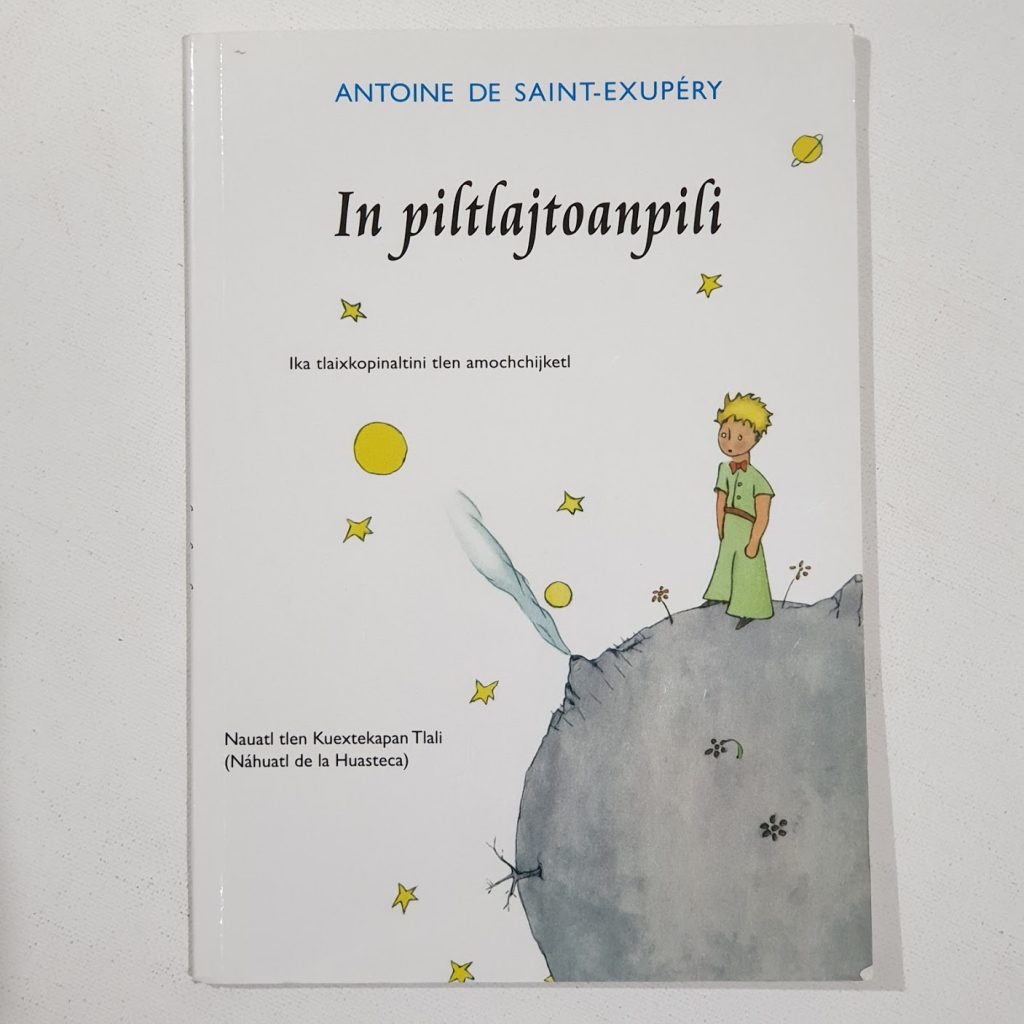
In Piltlajtoanpili — in Nahuatl.
Nahuatl, also spelled Nahua or Aztec, is a language of the Nahuan language family and is historically associated with the Aztec Empire and other civilizations in Mesoamerica. It is one of the Uto-Aztecan languages and is indigenous to Central Mexico. Nahuatl has a rich history, cultural significance, and has influenced the development of Mexican Spanish and modern Mexican culture.
Nahuatl has been spoken in central Mexico since at least the 7th century CE. It was historically spoken in the Valley of Mexico and surrounding areas, including present-day Mexico City and the states of Puebla, Tlaxcala, Morelos, and Guerrero. While its usage has diminished over time, Nahuatl is still spoken by some indigenous communities in Mexico, particularly in rural areas.
Nahuatl has a long history, dating back to the time of the Aztec Empire, which flourished from the 14th to the 16th century. It was the language of the Aztec capital, Tenochtitlan, and played a significant role in the administration, culture, and religion of the empire.
This language was traditionally written using a combination of logograms and pictograms, often recorded on codices made of bark paper or deer skin. With the arrival of Spanish colonisers, the Latin script was introduced to write the Nahuatl language, and this script is now commonly used.
Nahuatl has had a profound influence on the Spanish language in Mexico, with many Nahuatl words integrated into Mexican Spanish vocabulary. Additionally, some cultural aspects, such as food, art, and religious practices, have Nahuatl origins and continue to be an essential part of Mexican culture.
Nahuatl comprises numerous dialects and regional varieties. Classical Nahuatl, also known as Classical Aztec, is the written form of the language and was used in historical documents. Modern Nahuatl dialects may vary significantly in vocabulary and pronunciation.


